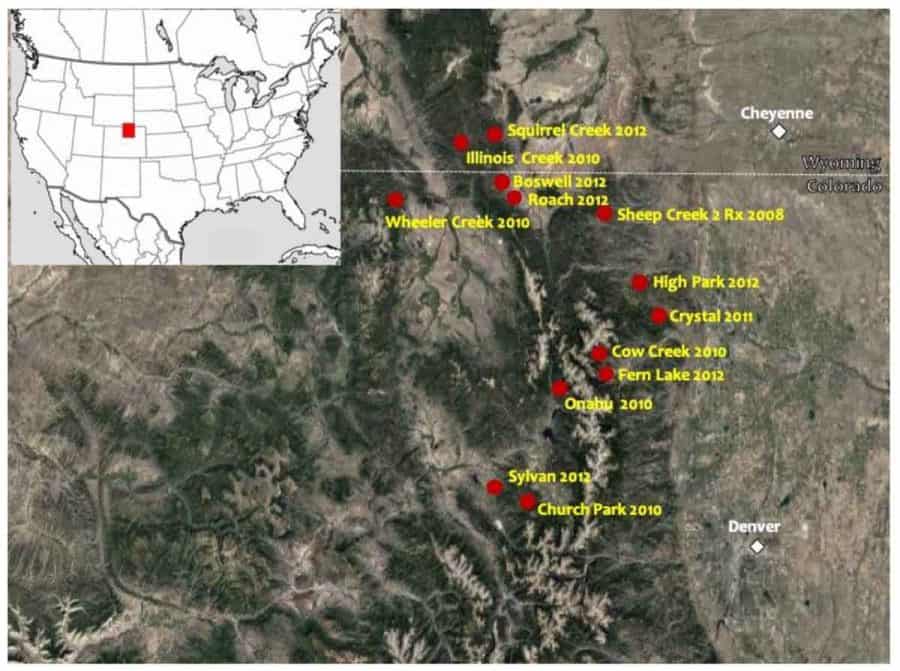 The Society of American Foresters Virtual Convention is coming up at the end of the month and it reminded me of a story from early in my career. I attended a breakout session with a professor talking about his research with red-cockaded woodpecker. One of the audience, a field forester, pointed out that he had seen some in an unexpected place, and what did the professor make of that? The professor responded that it was not in the peer-reviewed literature. Unfortunately, that was the end of the discussion. For me that’s where a fascinating discussion might have begun.
The Society of American Foresters Virtual Convention is coming up at the end of the month and it reminded me of a story from early in my career. I attended a breakout session with a professor talking about his research with red-cockaded woodpecker. One of the audience, a field forester, pointed out that he had seen some in an unexpected place, and what did the professor make of that? The professor responded that it was not in the peer-reviewed literature. Unfortunately, that was the end of the discussion. For me that’s where a fascinating discussion might have begun.
As time has gone on, it seems that there are fewer structured or institutional opportunities for a free, frank, and open exchange of views. Researchers fly in, to say, the National Silviculture Workshop, give their talk, answer five minutes of questions and leave. Somehow it doesn’t seem as though our society (except, perhaps, for the the Land Grant universities via Extension) value that the world works better- research can be better focused, and practice improved, via such discussions.
From what I’ve seen, not all practitioners agree with each other, but then neither do all scientists, policy wonks or anyone else. But I would argue that that diversity is just as important to explore with practitioners as with scientists. So I’d like to give a shout-out to the CSU and other folks who actually interviewed fire suppression practitioners in this paper (you can download from Wildfire Today) about surprising fire behavior in Mountain Pine Beetle (MPB) affected stands. I noted that the work was funded by the Pacific Southwest Region, not the Station (this means the research was funded by the operational, not the research arm of the FS). Thanks to them all for helping to fill the practitioner/researcher gap.
This paper’s well worth reading to see the diversity of surprising observations:
All 28 firefighter (FF) interviewees worked on multiple fires encompassed by the study (Table 1). The average experience level was 14.6 seasons and interviewees occupied various positions on fires included in the study (Table 2). Information on MPB phase, percent mortality, stand and fuel conditions, topography, and fire weather for each fire were identified using firefighter observations, available reports, and spatial data on vegetation and topography.
It seems to me that if (1) models are funded and (2) are funded based on the idea that they will be useful to someone, then (3) there should be a formalized approach also funded by which the predictions are checked against observations. I’m not sure that this happens all the time, possibly due to lack of specific funding for it. Certainly this paper contains information relevant to modelers.
Such observations are consistent with some predictions of increased crowning potential in the red phase [7,8,11,12], but are counter to other studies [5,56,57]. As suggested by Hicke et al. [7], Hoffman et al. [8,12] and Stephens et al. [58], these differences may be due to variability in canopy and surface fuel characteristics, the level of mortality or the spatial and temporal variability in mortality rates.
If they could get this much info from 28 practitioners in a relatively localized area, it sounds as if there is a vast informational harvest to be reaped elsewhere.
Given current fires in MPB country in southern Wyoming and northern Colorado, I also thought this part of the discussion was interesting, after a paragraph discussing how MPB conditions could lead to favoring indirect attack, the authors state:
This scenario is potentially at odds with wildfire managers’ preferences and societal expectations that wildland fires receive active fire suppression, although specific situations where homes, communities, and high-valued resources and assets such as water supplies that are in imminent danger may warrant more direct attack actions. In Northern Colorado and Southern Wyoming, with the exception of the 2012 High Park Fire, the MPB fires in our study occurred fairly distant from population centers and communities. In the future, in this region and in other areas throughout Western North America affected by MPB outbreaks, fires in MPB fuel complexes may pose a challenge to direct attack strategies and affect societal expectations. Such fires have the potential to become extreme wildfire events or “megafires”—i.e., fires that resist control, rapidly grow in size, last for many weeks, threaten large numbers of highly valued resources and assets, and incur high financial costs [54,55].
I don’t think I’ve read before how MPB effects could favor indirect suppression strategies.